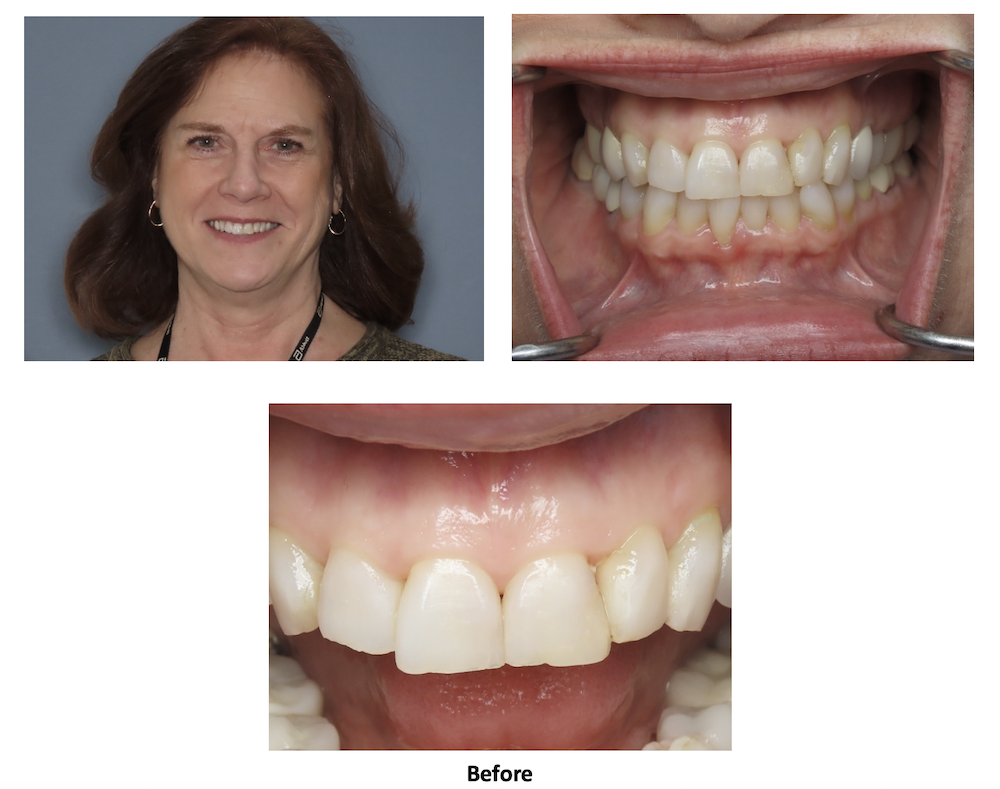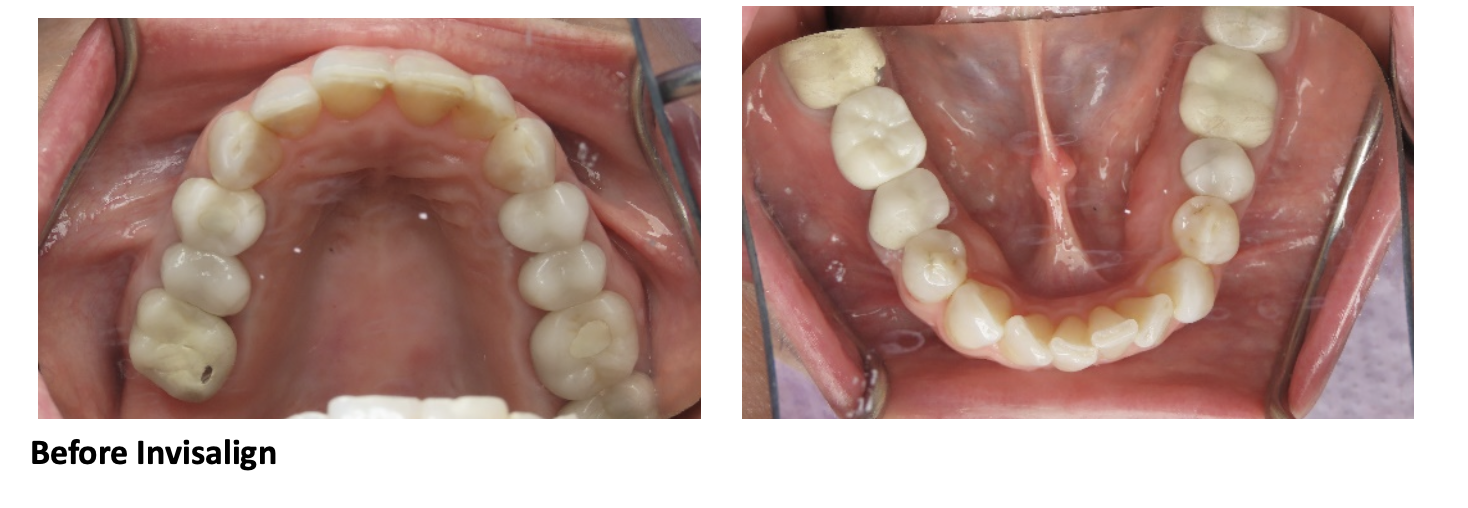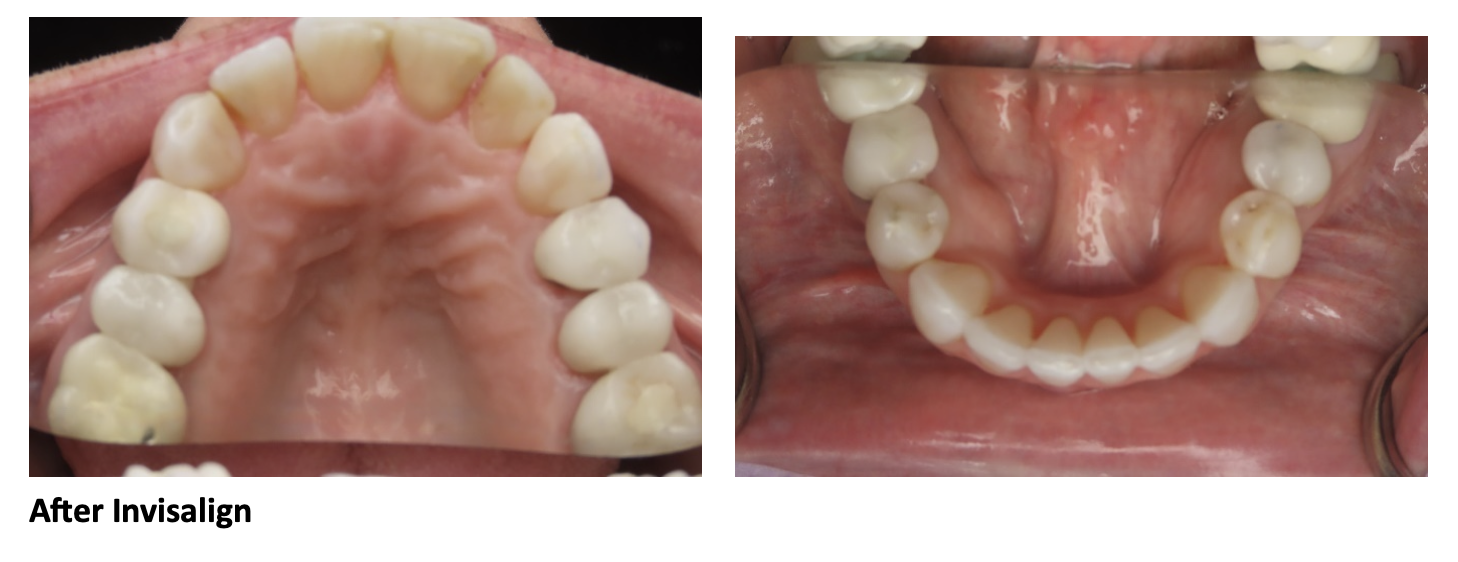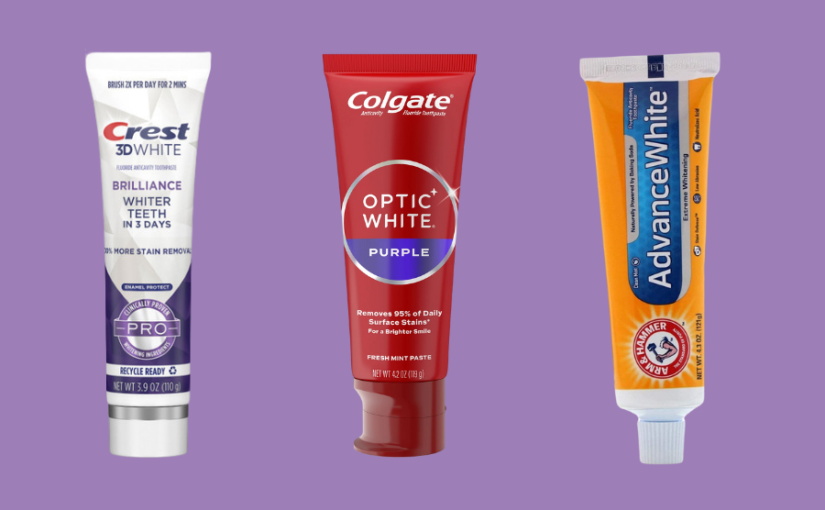By: Dr. Elizabeth Eggert
You know oral health is important, but what you may not realize is that oral health impacts overall wellness. Many studies link poor oral health to serious systemic issues, including diabetes and heart disease. The culprits? Harmful bacteria and inflammation. Let’s take a closer look!
The Oral-Systemic Connection
Poor dietary and lifestyle habits, preexisting health conditions, dry mouth, or infrequent dental care can cause harmful bacteria to build up in a person’s mouth. When these bacteria are allowed to persist, they easily infect gums, often leading to gum disease, also known as periodontitis. From that point, they can seep into the bloodstream and affect other parts of the body.
Anytime your body perceives a threat, it will begin an inflammatory process to protect that part of the body and promote healing. In the case of an injury, for example, the body rushes white blood cells to the site of an injury to protect it and promote healing. With chronic inflammation, however, white blood cells perceive a constant threat over time, often sending white blood cells into nearby organs and systems. This can harm surrounding tissues and damage organs.
When harmful bacteria lodge in the gums, an inflammatory process begins. When these bacteria move through your bloodstream into other parts of your body, inflammation follows.
Thus, what begins as oral negligence can result in inflammatory diseases throughout the body.
Key Inflammatory Diseases Linked to Oral Health
Diabetes: Diabetes is a common inflammatory disease that can be linked to oral health…and it’s a two-way street.
People with Type 1 and Type 2 diabetes are at a higher risk for gum disease. That’s because higher glucose levels in the body mean higher glucose levels in the mouth. Elevated sugar levels in the mouth make it a more habitable place for harmful bacteria to grow and thrive, often leading to periodontal disease.
In another scenario, poor oral care can lead to periodontal disease, causing elevated blood sugar, contributing to insulin resistance, and leading to the development of diabetes or making diabetes more difficult to control.
Heart Disease: Heart disease is another inflammatory disease that can result from untreated gum disease. In fact, periodontitis increases a person’s risk for cardiovascular disease by 20%.
It all begins when harmful bacteria enter the bloodstream through inflamed gums and cause plaque to build up on the artery walls. When this plaque builds up, the artery walls narrow, restricting blood flow. This scenario puts a person at a higher risk of a heart attack or stroke. Bacteria can also build up on the heart valves, resulting in endocarditis.
Alzheimer’s Disease: Gum disease results in the formation of the bacteria porphyromonas gingivalis. These bacteria produce a toxic enzyme known as gingipains. Gingipains contribute to the buildup of beta-amyloid plaques, a hallmark of Alzheimer’s disease. When gingipains migrate to the brain, they can damage nerve cells essential for memory, leading to memory loss and, over time, Alzheimer’s disease.
Preventative Care to Protect Your Health
While the thought of oral health issues going systemic might make you nervous, prevention starts with simple steps that help you keep your mouth healthy!
- Brush, floss, and swish with mouthwash daily to remove food particles before they turn into plaque, harden into tartar, and trap bacteria under the gum line, leading to gum disease.
- Limit the consumption of sugars and acidic foods. Avoid smoking, vaping, and other unhealthy lifestyle habits.
- Visit Eggert Family Dentistry for routine professional cleanings. During these visits, Dr. Elizabeth Eggert and Dr. Jeff Eggert will look closely for any inflammation or early signs of gum disease. They’re equipped with the knowledge and tools to help you maintain—or reclaim—a healthy mouth!
As we approach World Oral Health Day on Thursday, March 20, we want to empower you to take charge of your oral health and for a healthier mouth, a healthier body, and a happier life! Schedule your next recare visit with Eggert Family Dentistry by calling us at 651.482.8412.



















